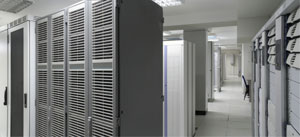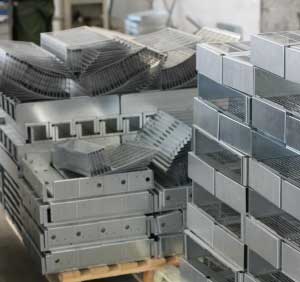Essential Shielding Concepts and Design Strategies
Description
There is a common perception among engineers that electromagnetic shielding is a simple matter of enclosing everything in metal. In reality, the most effective shields are often nothing more than small well-placed plates made of materials appropriate for the application. This course presents the fundamental concepts necessary to develop effective shielding strategies for various applications.1 Students who successfully complete this course will be able to recognize situations where shielding would be beneficial, choose the correct shielding materials and design shields that are appropriate for the application.
Continuing Education Credit: 0.75 CEUs, 7.5 PDHs
Course Outline



- Overview of Electromagnetic Shielding
- Examples and Perceptions
- The Shielding Business
- The 4 Basic Types of Electromagnetic Shielding
- Skills Required to Design Effective Shields
- Electric Field Shielding
- Gauss' Law, Electric Field Behavior
- Electric Field Sources
- Design Strategies for Electric Field Shielding
- Materials for Electric Field Shielding
- Design Examples
- Low-Frequency Magnetic Field Shielding
- Ampere's Law, Magnetic Field Behavior
- Magnetic Field Sources
- Strategies for LF Magnetic Field Shielding
- Materials for LF Magnetic Field Shielding
- Design Examples
- High-Frequency (> kHz) Magnetic Field Shielding
- Faraday's Law, HF Magnetic Field Behavior
- HF Magnetic Field Sources
- Strategies for HF Magnetic Field Shielding
- Materials for HF Magnetic Field Shielding
- Design Examples
- Shielding to Reduce Electromagnetic Radiation
- Shielding Theory
- Unintentional Antennas
- Isolating Sources from Unintentional Antennas
- Design Examples
- Shielded Enclosures
- Gauss' Law and the Faraday Cage
- Wire Penetrations
- Apertures and Seams
- Enclosure Resonances
- Shielding Effectiveness (Enclosures)
- Shielding Effectiveness (Materials)
- Cable Shielding
- Basic Theory
- Transfer Impedance
- Cable Shield Materials
- Connectors
- Design Examples
- Summary
- Review of Essential Concepts
- Recent Advances
- Trends, Future Needs
Course Instructor

Dr. Todd H. Hubing is a Professor Emeritus of Electrical and Computer Engineering at Clemson University and former Director of the Clemson Vehicular Electronics Laboratory. He and his students at Clemson have worked on the development and analysis of a wide variety of electronic products. EMC design rules can vary greatly depending on whether you are designing high-speed computing equipment, low-cost mixed-signal consumer products or high-power industrial controls; but the basic EMC principles are the same in all industries. By applying these principles in an organized manner, it is possible to review a design circuit-by-circuit to guarantee that any particular EMC requirement will be met. This approach is more effective than the blind application of design guidelines and is the primary emphasis of every EMC design class taught by Dr. Hubing.
